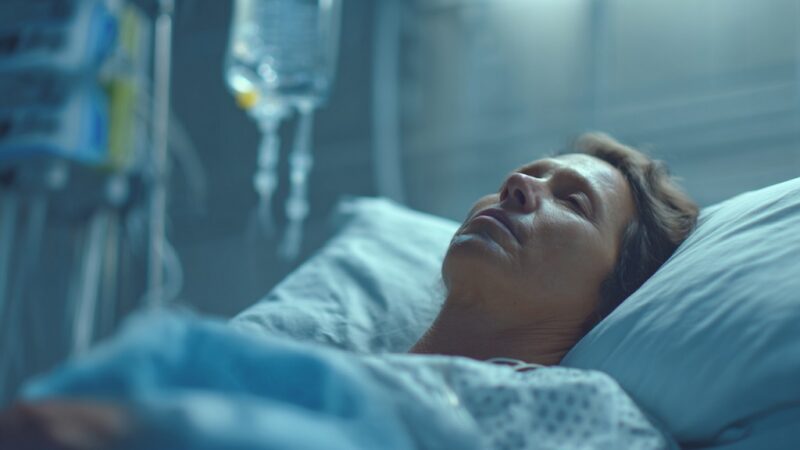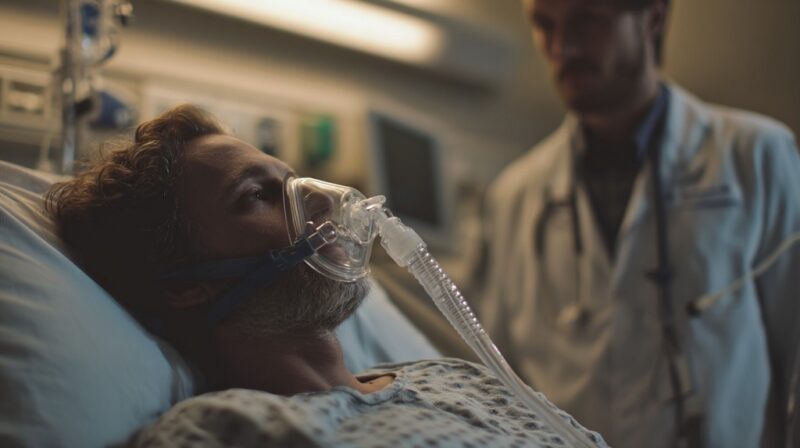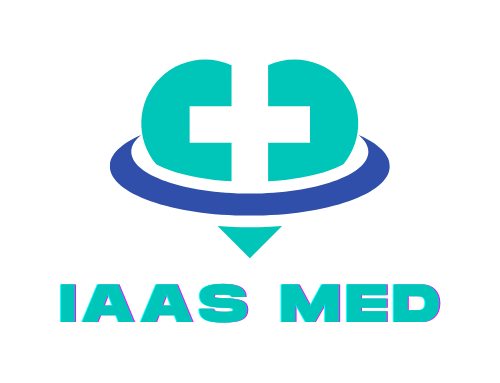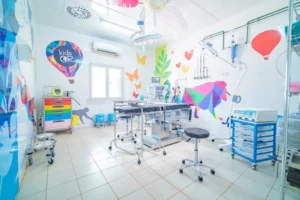Guillain-Barré Syndrome (GBS) is a rare autoimmune condition that targets the peripheral nervous system, leading to muscle weakness and, in severe cases, paralysis.
Incidence remains low, affecting only a few individuals out of every 100,000 annually.
Despite its rarity, early recognition is crucial since timely treatment improves recovery outcomes significantly.
Awareness among patients, caregivers, and healthcare professionals is essential for minimizing complications and restoring function.
Without further ado, let’s discuss Guillain Barré in greater detail.
Early Warning Signs and Symptoms

Initial symptoms often begin in the legs, creating a tingling or pins-and-needles sensation.
Weakness then spreads upward, potentially involving the arms and upper body.
Without intervention, progression can result in widespread paralysis.
Common signs include:
- Pins and needles or abnormal sensations in the extremities
- Progressive muscle weakness that may advance to full paralysis
- Difficulty with facial movements, speech, or swallowing
- Loss of normal reflexes
- Respiratory challenges requiring ventilatory support
- Irregular blood pressure or heart rate
- Bladder and bowel function impairment
Swift recognition of these signs makes a significant difference, as complications like respiratory failure or cardiovascular instability can emerge quickly.
Types of Guillain-Barré Syndrome
Several variants of GBS exist, each with distinct characteristics:
- Acute Inflammatory Demyelinating Polyradiculoneuropathy (AIDP): The most common form in Western countries, marked by demyelination of nerves leading to weakness starting in the lower limbs.
- Miller Fisher Syndrome (MFS): Characterized by eye muscle paralysis, loss of reflexes, and unsteady gait.
- Acute Motor Axonal Neuropathy (AMAN): Involves direct damage to motor axons, causing rapid and severe paralysis, more common in Asia and Latin America.
- Acute Motor-Sensory Axonal Neuropathy (AMSAN): A more severe variant affecting both motor and sensory nerves, often with slower recovery.
- Recognizing subtypes helps doctors tailor diagnostic testing and treatment, as progression and prognosis can differ significantly.
Causes and Triggers

In most cases, an infection sets the stage for the body’s immune system to overreact.
One of the most common bacterial culprits is Campylobacter jejuni, often associated with foodborne illness after consuming undercooked poultry or contaminated water.
Viral infections also play a significant role. Cytomegalovirus, Epstein-Barr virus, influenza, Zika, and more recently COVID-19 have all been linked to GBS onset.
Each virus can confuse the immune system, leading to antibodies that attack not only invading pathogens but also the protective coverings of nerves.
In certain geographic regions, outbreaks of Zika highlighted a sharp increase in reported GBS cases, underlining how global health crises can influence neurological conditions.
Surgery or major physical trauma represents another potential trigger.
Procedures that alter immune activity or significant injuries sometimes prompt abnormal immune responses. In very rare situations, vaccination has preceded the development of GBS.
These cases are uncommon and often difficult to separate from coincidental timing, but they remain part of medical observation.
The common factor across all these triggers lies in immune cross-reactivity. Antibodies designed to fight infection accidentally bind to nerve tissue.
This results in demyelination, where the protective sheath around nerves is stripped away, or in axonal damage, where the core of the nerve itself is injured.
Both processes disrupt normal electrical signaling, leading to the muscle weakness and paralysis characteristic of the condition.
Risk Factors

Although Guillain-Barré Syndrome can strike anyone, research has highlighted certain patterns that make some individuals more susceptible.
Age is a clear factor, with older adults showing a higher likelihood of developing the disorder.
Males also appear slightly more prone compared to females, though the difference is not dramatic.
Recent illness serves as one of the strongest warning signs. Gastrointestinal infections, particularly food poisoning caused by Campylobacter, often precede the onset.
Respiratory illnesses, such as seasonal influenza or bronchitis, have also been connected.
This is why physicians place heavy emphasis on recent medical history when evaluating patients with unexplained muscle weakness.
It is worth noting that while risk factors are present, no demographic or age group is completely immune.
Children, adolescents, adults, and the elderly have all been affected.
Even people without any recent infection or obvious trigger may develop GBS, reinforcing the unpredictable nature of the syndrome.
Because of this unpredictability, broad awareness among patients and healthcare providers is vital.
Recognizing that anyone can be at risk ensures earlier diagnosis and intervention, which in turn improves recovery outcomes.
Diagnosis

Diagnosis of GBS is a detailed process that combines clinical observation with advanced testing. Physicians typically start by tracking the progression of symptoms.
Weakness that begins in the legs and ascends to the arms is considered highly suspicious.
Loss of reflexes is another hallmark sign. Careful neurological exams remain the foundation of early recognition.
Early diagnosis not only prevents complications but also allows for planning rehabilitation, including potential use of rollator wheelchair to support mobility.
Specialized tests confirm the suspicion. A lumbar puncture is often performed to analyze cerebrospinal fluid.
The classic finding is elevated protein levels with a normal white blood cell count, a result that points strongly toward GBS.
Electrodiagnostic testing provides additional evidence.
Nerve conduction studies and electromyography (EMG) measure how quickly and effectively electrical signals travel through nerves and muscles.
Delays, blockages, or abnormal responses reveal the degree and pattern of nerve damage. These findings help distinguish between demyelinating and axonal forms of GBS.
Doctors must also exclude other conditions that mimic the syndrome.
Heavy metal toxicity, vitamin B deficiencies, metabolic neuropathies, and hereditary nerve disorders can present with similar weakness or sensory loss.
Careful screening ensures that treatment is directed correctly.
Accurate diagnosis at an early stage prevents mismanagement and leads to quicker treatment with therapies such as IVIG or plasmapheresis.
Time is a crucial factor, and thorough evaluation helps ensure patients receive appropriate care before complications escalate.
Treatment Options

GBS is considered a medical emergency, frequently requiring hospitalization.
Intensive care units play a vital role in monitoring breathing, heart function, and blood pressure.
Some patients need mechanical ventilation if respiratory muscles weaken significantly.
- Plasma Exchange (Plasmapheresis): Removes harmful antibodies circulating in the blood.
- Intravenous Immunoglobulin (IVIG): Provides healthy antibodies that block the damaging immune response.
Pain management, prevention of blood clots, and care for pressure sores remain essential supportive measures.
With comprehensive treatment, most individuals achieve significant recovery, although rehabilitation may be lengthy.
Summary
Guillain-Barré Syndrome, though rare, can become life-threatening without rapid recognition and intervention.
Symptoms often progress quickly, yet modern medicine offers effective treatment pathways, including IVIG and plasmapheresis.
Recovery may take months, but early care maximizes the chance of regaining strength and independence.
With vigilant monitoring, proper therapy, and supportive rehabilitation, patients often regain mobility and move toward renewed health.
Related Posts:
- Signs of Parasitic Infections - 10 Key Symptoms Explained
- What is Incarcerated Hernias? - Causes, Symptoms,…
- 5 Causes And Symptoms Of Breast Itch In Women
- Sleep Apnea 101 - Symptoms, Causes, and Risk Factors
- How Entamizole Helps Relieve Stomach Pain - Uses Explained
- Minimally Invasive Surgery: Pros, Cons, and Recovery Tips















